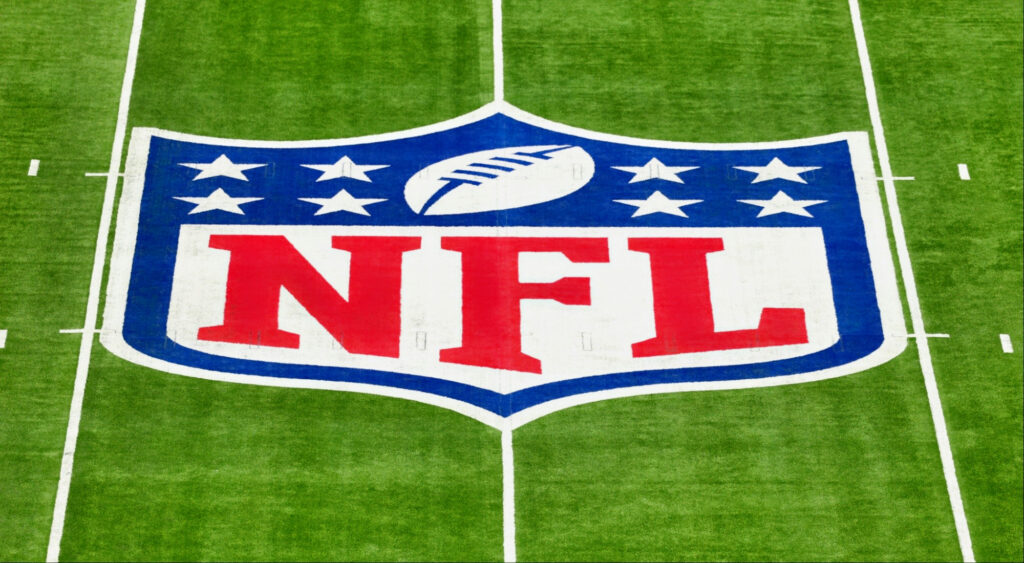
The NFL salary cap is a financial mechanism that keeps teams within a set spending limit on player salaries, helping maintain competitive balance across the league. The cap can seem complex, and while teams can creatively adjust how they spend, they must stay within its boundaries. Here’s an overview of how it’s calculated, managed, and enforced.
The salary cap is set annually based on the NFL’s total revenue, with about 48% going to players. The league established the salary cap for 2024 at $255.4 million, a figure that reflects a typical 5-8% increase. This cap calculation comes from revenue sources like media deals, NFL ventures, and local revenue, divided among all 32 teams.
Teams can carry over unused cap space from year to year, creating an “Adjusted Salary Cap.” To do this, they must notify the league right after their season ends. This adjustment offers flexibility as teams plan for trades, free agents, and draft picks.
Strategies For Managing Cap Space

Each player’s cap impact, or “cap number,” includes several elements:
Base Salary: The standard annual payment for playing.
Signing and Option Bonuses: Often spread over the contract length (up to five years), lowering their immediate cap impact.
Click on ‘Follow Us’ and get notified of the most viral NFL stories via Google! Follow Us
Roster Bonuses: Typically charged in the season they’re paid.
Incentives: Classified as “Likely to Be Earned” (LTBE) or “Not Likely to Be Earned” (NLTBE). LTBE incentives count against the current cap, while NLTBE applies only if achieved, affecting the following season’s cap.
To open cap space, teams often restructure contracts by converting part of a player’s salary into a prorated signing bonus. This move, which requires no player approval if a restructuring clause exists, pushes cap hits into future years and provides financial flexibility.
Also Read: What Were The Moments That Fueled Rapid Rise In Quarterback Salaries Over The Past Few Years?
The Veteran Salary Benefit (VSB) allows teams to sign veterans to cap-friendly one-year deals, enabling teams to retain experienced players at a reduced cap cost. The 4-Year Qualifying Player Benefit provides further cap relief for players with four or more years of service, making veterans more affordable for their teams.
The Total Rookie Compensation Pool controls rookie contract spending, with a set cap amount determined by a team’s draft picks and positions. The Rookie Cap is a “cap within a cap” and has a minimal impact on the overall team cap.
Implications Of Player Movements On Salary Cap Management

When teams cut or trade a player, they are still responsible for the prorated portions of bonuses, resulting in “dead money.” A post-June 1 release allows teams to split this dead money across two years, easing the cap hit. In trades, the new team assumes only the remaining base salary, relieving the original team of further cap impact.
While teams can roll over cap space, they must spend at least 89% of the cap over four years. Teams falling short must compensate players for the difference. The NFL reviews contracts and rejects any exceeding the cap, ensuring compliance.
The NFL salary cap is vital to team building and league parity. Though flexible with options for cap space adjustments, it provides boundaries within which teams must work. This balance allows teams to structure contracts and to keep rosters competitive, making the cap a central piece of the NFL’s financial and competitive framework.
Also Read: What Is The Average Salary For NFL Referees?


